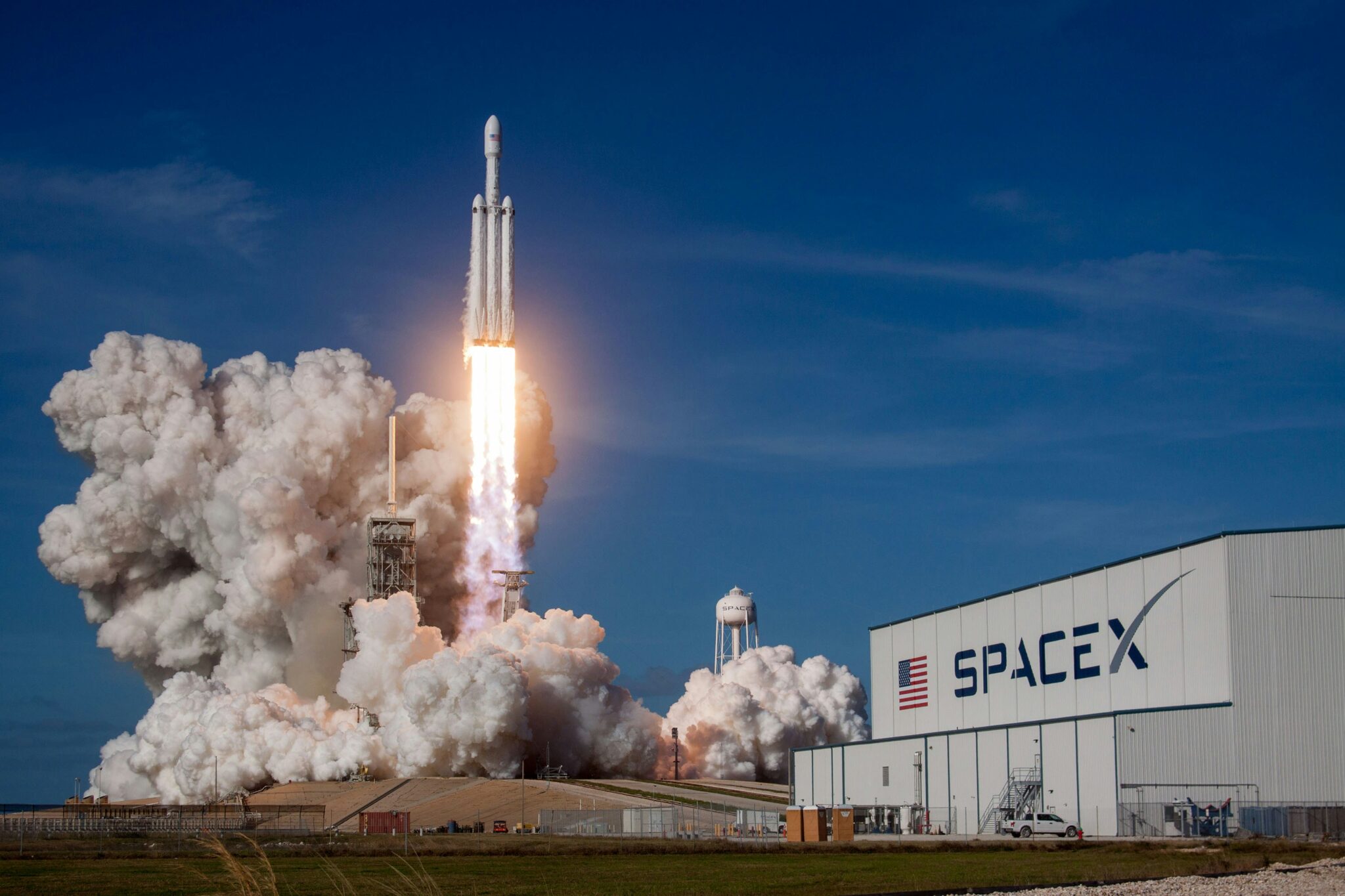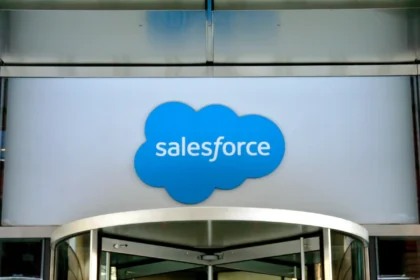On Monday night, SpaceX launched the final flight of its Starship V2 configuration, marking the end of an era and the transition to its upgraded V3 prototype. The mission achieved all key objectives, ushering the program into its next phase.
The 400-foot rocket lifted off from Starbase, Texas at 6:23 PM local time. The Super Heavy booster (reused from a March flight) fired a new landing burn sequence, reigniting 13 engines then throttling down to five, then three, before executing a soft splashdown in the Gulf of Mexico roughly seven minutes after liftoff.
Meanwhile, the upper stage deployed eight mock Starlink satellite simulators and executed a new “dynamic banking maneuver”, a flight profile intended to support future return-to-pad efforts from orbit. The upper stage then splashed down in the Indian Ocean.
Following the flight, engineers collected data from experiments on the heat-shield tiles, including testing novel tile configurations and selective removals for reentry analysis. They also relit one of Starship’s six Raptor engines in orbit, a repeat of a key milestone from Flight 10.
With V2’s final flight completed, SpaceX is now focused on V3, an upgraded version designed for in-orbit docking, propellant transfer, and structural enhancements to boost lift capacity. V3 is expected to underpin future orbital missions, payload deployment, and the company’s broader goals of servicing Earth orbit, the Moon, Mars, and beyond.
Related: Ex-SpaceX Engineer Jamie Gull Launches $15.1M Deep Tech Fund Wave Function Ventures
Simultaneously, SpaceX is rerouting launches from Pad A to Pad B at Starbase, and constructing dual launch pads in Cape Canaveral and Kennedy Space Center in Florida.
Starship remains the most powerful rocket ever built, and it’s central to both NASA’s Artemis lunar ambitions and SpaceX’s high-capacity Starlink expansion. NASA Administrator Sean Duffy lauded the accomplishment on X (formerly Twitter), calling the flight “another major step toward landing Americans on the Moon’s south pole.”
SpaceX has also secured over $4 billion to develop a human-rated Starship variant, the Human Landing System for the Artemis 3 mission, currently scheduled for 2027. But before that, the company must prove critical technologies such as orbital docking and in-space refueling are reliable.
With V2 now retired, SpaceX turns its full attention to V3, and to the next frontier.






